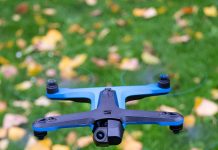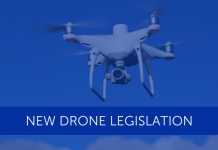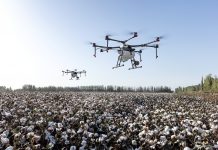How To Fly A Quadcopter Drone Legitimately and Enjoy Smooth Flights
Table of Contents
It takes more than keen interest and enthusiasm to pilot a drone successfully. You have to know the salient tips and tricks of how to fly a quadcopter to be able to do so smoothly.
Being too eager, immediately unpacking your machine out of the box and taking it to the skies while being oblivious can result in it promptly crashing. Below is a guideline about the common errors of flying a drone and ways to avoid them.
For the most part, and luckily, many of these mistakes are due to lapses in common sense. They can easily be thwarted by recognizing the situation. Although seemingly straightforward, however, you can be taken aback at the manner and timing of their occurrence. Preparation is thus crucial to prevent these potential incidents up there in the blue.
The FAA has imposed previous changes in their drone regulations, and this includes displaying the registration number of your machine on the outside. You can affix it in any way that you prefer, such as through an engraving, a marker or a sticker, among others, to make sure that it is visible.
Likewise, the FAA now requires pilots to obtain authorization prior to flying in controlled airspace.
Using Controls and Flying Your Drone Legally
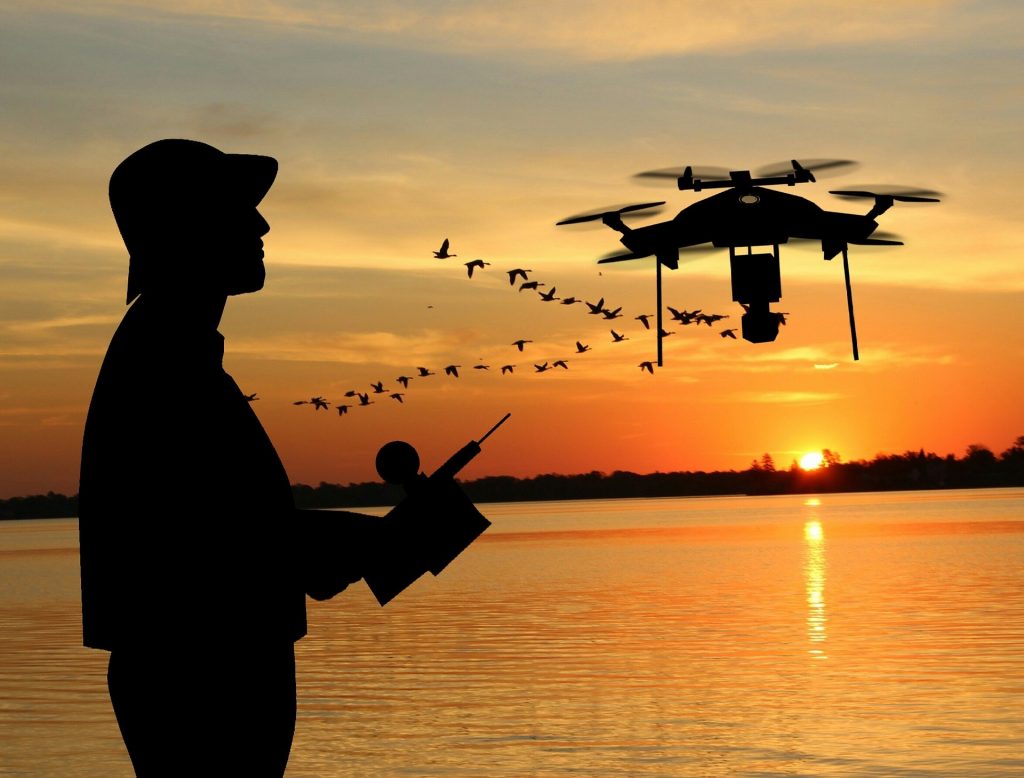
Primarily, and it is very important- have your drone registered with the FAA before flying!
By and large, there is no set of instructions that go with a quadcopter package pertaining to what you are allowed and not allowed to do with it. Then again, you have to be aware that in the US, drones that weigh 0.55 pounds and more need to be registered. Pilots of these drones have to adhere to strict aeronautical guidelines as well. Following is a short version of these.
Basic Guidelines For Flying A Drone In The US
Legal rules on flying a drone in the US;
- You must fly your craft at not more than 400 feet from the ground
- Your flight must be within the line of sight. If your machine is no longer visible, bring it in
- Maintain distance from airports
- Don’t fly near airplanes. In the air, they have the right of way
- Steer clear of flying your drone above people
- Flying above or near stadiums or sports events is prohibited
- Stay away from building fires, car crashes and other emergency situations
- Do not pilot your drone if you are under influence
- Be informed about controlled airspace
When it comes to controlled airspace conditions, in brief, you are not allowed to fly within a 5-mile distance from an airport, especially if you have not initially received authorization from a pertinent air traffic controller about the time and location of your flight.
Are you flying to get paid or obtain compensation? If so, you have to acquire a commercial drone license and follow a different set of regulations.
As a gist, note that you don’t have the liberty to fly your machine in any airspace that you wish. Think safety and know the rules- they are quite easy to keep to- and your flying pleasure won’t be deterred.
Wait Until Environmental Conditions Are Right To Fly The Drone
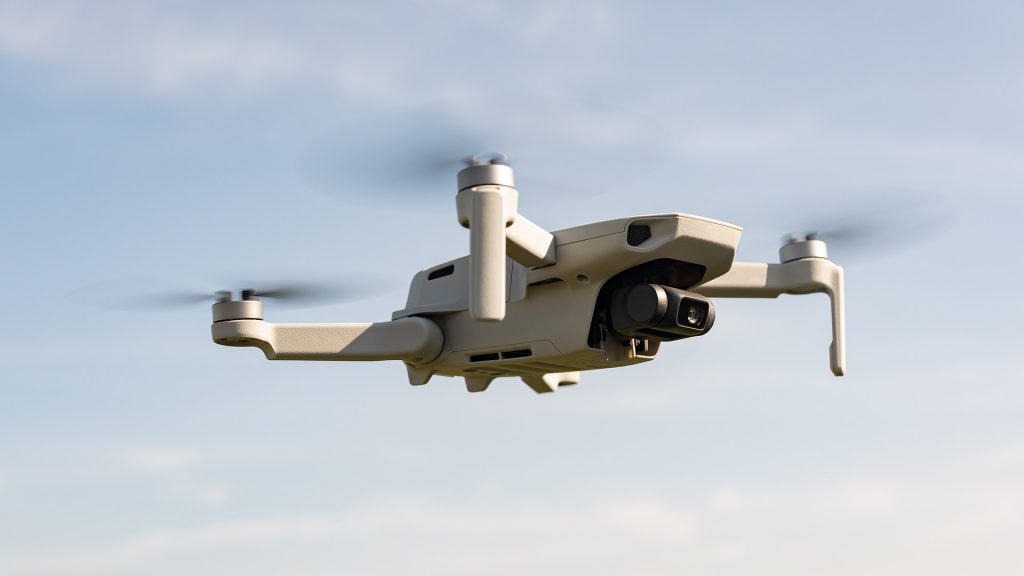
The urge to put your fantastic new flying camera or toy quadcopter out in the air as quickly as possible could be irresistible. Nevertheless, take caution. Make sure that conditions are right before instigating your flight.
Consider that if the wind is too strong, it might be beyond your machine’s capability. In less than 45 seconds of flight, you could eventually find yourself climbing a tree to recover it.
The tricky thing about how to fly a quadcopter when it relates to the wind is that the higher you fly, the stronger it becomes. You might disregard it, especially if conditions on the ground are acceptable. Be therefore wary.
How To Avoid Trees, Light Posts and Other Obstacles
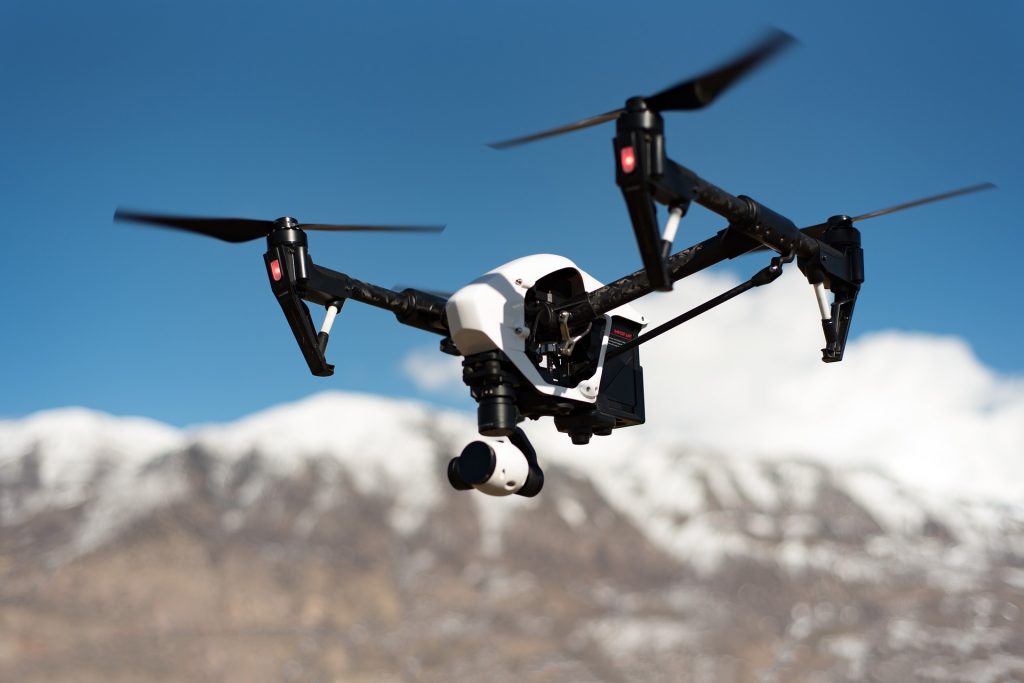
Obviously, you have to stay away from power lines, trees and other such obstacles when flying your machine. You may think it is pretty straightforward, but you could be surprised at how they can quickly come out during your flight.
Other than the wind veering your craft off towards the trees, an equally problematic factor is the handy RTH or return-to-home function installed in most quadcopters.
If for instance, you are flying at low altitudes with a high canopy of trees above and the RTH of your drone initiates, you’ll realize that it automatically takes it to a high altitude of usually 60 feet or more.
Enjoying the joystick and gliding your machine at 18 inches from the ground (at most) can have it shooting 60 feet in the sky when the low-battery RTH function sets up. Your drone would then maneuver less than 3 feet above and then return to land automatically.
When this happens, you would not be able to reverse the RTH and find yourself under the mercy of its auto-pilot mode.
Furthermore, a risk of the RTH is that drones are likely to recognize their location at point A, and that point B is home. That is, if the machine has no obstacle avoidance sensors. Apparently, you have to ensure that nothing gets in the way of this path.
Finally, take into account your control range and probable interference. If your craft has a small operating range, it can easily fly to the perimeter of its connectivity. When that happens, your machine simply won’t stop at that point, even if it has lost its connection to the controller.
For what would seem to be the longest few seconds, it will keep going, cut its power and ultimately fall from the sky. So be careful if the border of your range is somewhat close to a tree line or similar obstacle.
Do Not Veer Off Your Range and Be Wary of Controller Interference
Majority of quadcopters indicate their effective operating range, which means the distance in a straight line from the controller towards the craft. See to it that you keep within the denoted range and be ready to rush towards your craft in the event that it slips up.
FCC has signified that all radio frequency electronics within the United States should acknowledge interference. The FAA may not like anything in the sky to experience interference, but it happens quite often. As a drone pilot, you have to get used to and prepare for it, particularly with regards to your video feeds if your quadcopter is installed with an FPV camera and has a live-streaming video function to your phone or controller.
It is best to avoid flying in places that are laden with high natural magnetic interference, or else your GPS capabilities will be out of whack. It is bad to fly within close proximity to radio towers, power lines and large buildings, or else your flight would be unstable and you could mishandle your craft.
Fly Your Drone Alone Until You Get The Hang of It
Although it sounds rude, this tip makes sense. Your piloting experience should be yours from start to finish. Hand over the controls to someone else only after landing the quadcopter so that you’ll have a clear knowledge of who crashed it if something goes wrong.
Flying alone also means that you should avoid doing so in your local drone park until you completely know your machine and what you are doing.
Eventually, when you grow as a pilot and get the hang of it, you’ll be able to fly with others, and it can be heaps of fun.
It’s fairly easy to learn how to fly a quadcopter if you are equipped with the right information. Along with your penchant to be a skilled pilot, you can go on to have a splendid experience in flying your drone legitimately and successfully with proper care and know-how.


